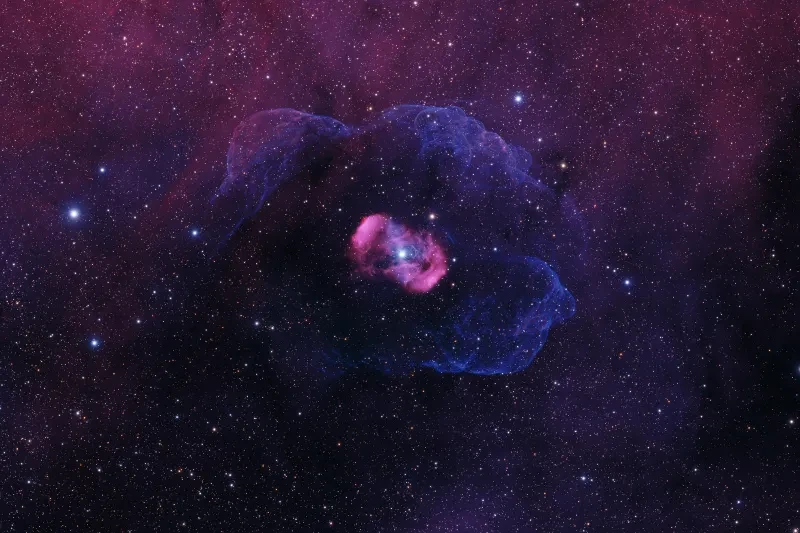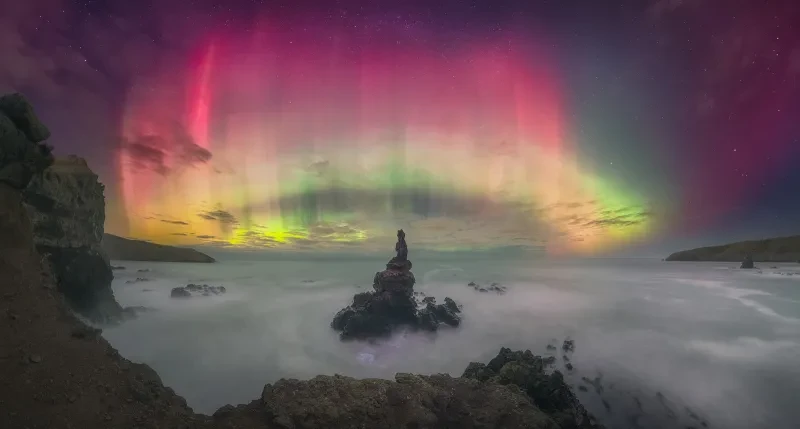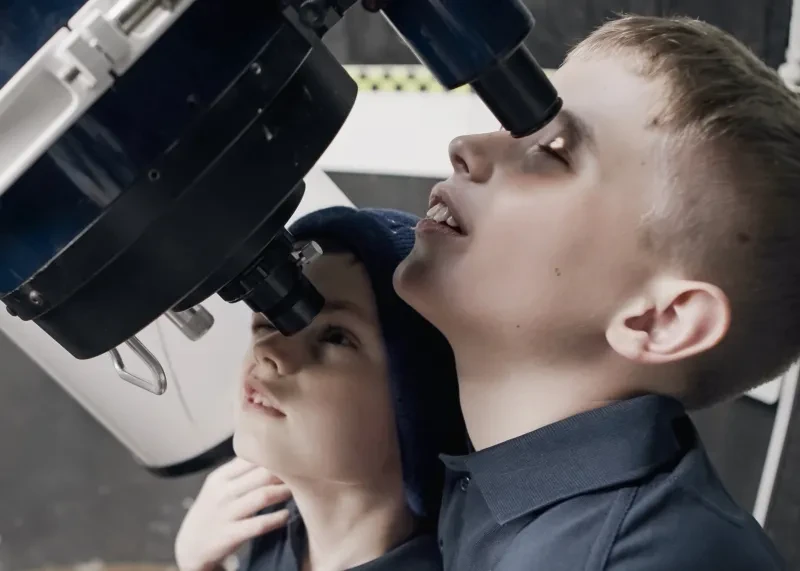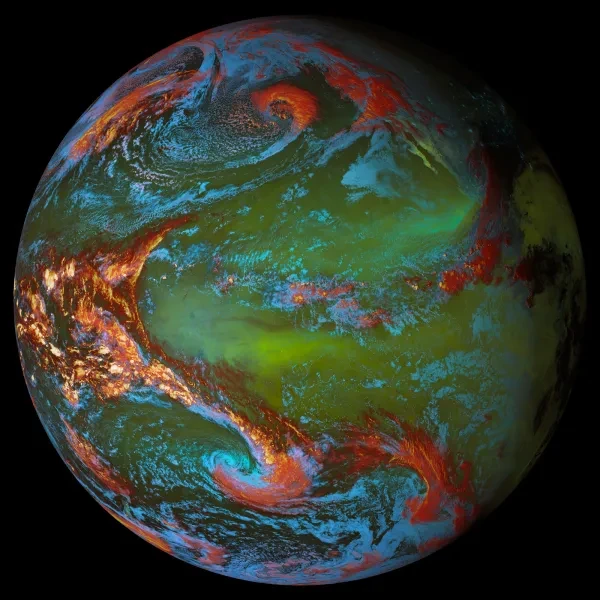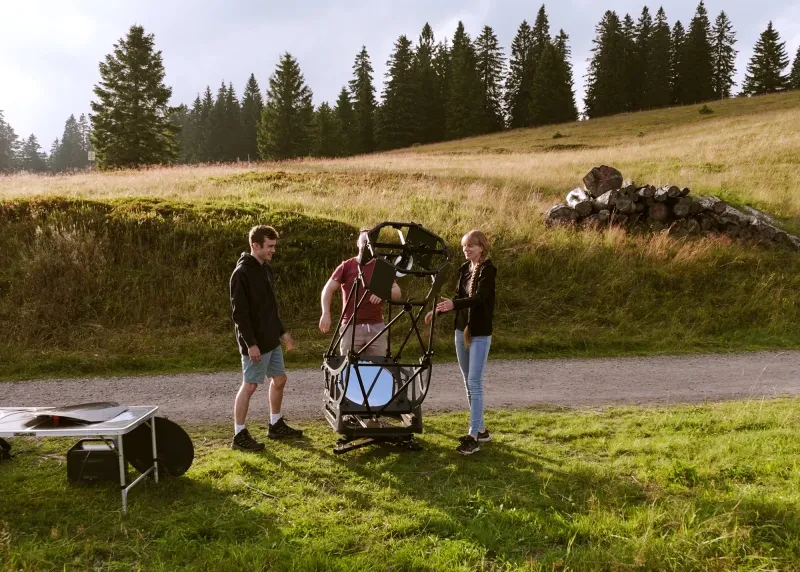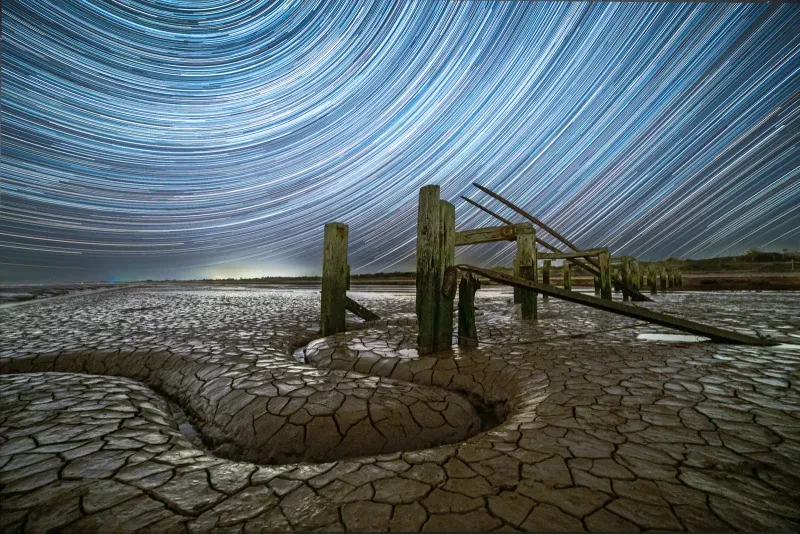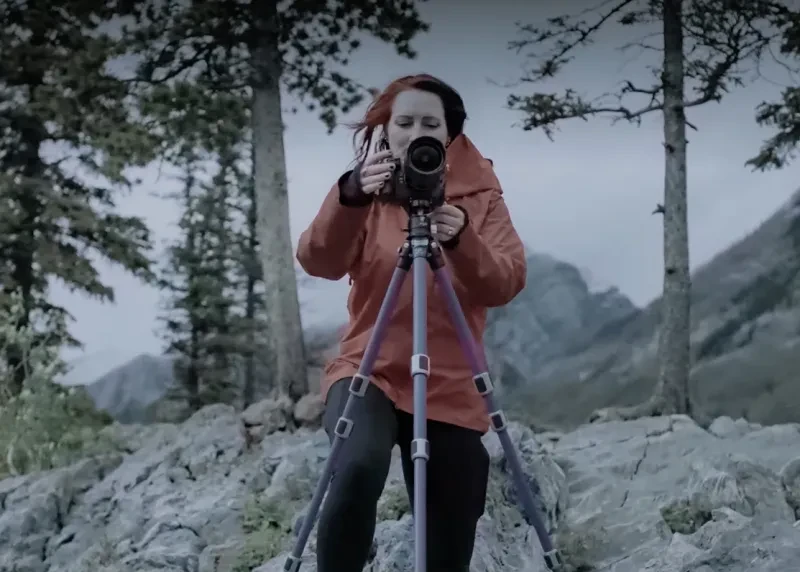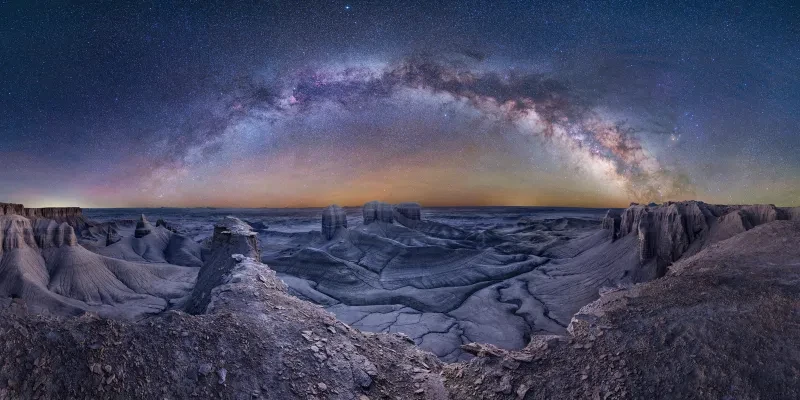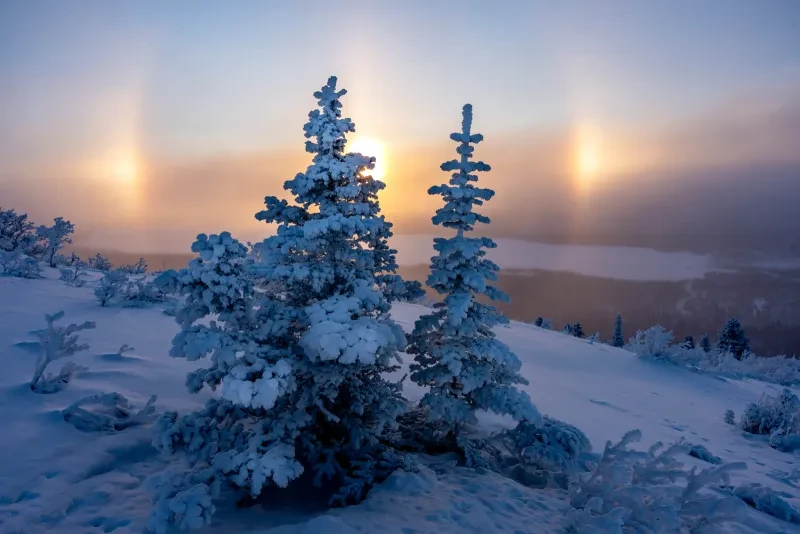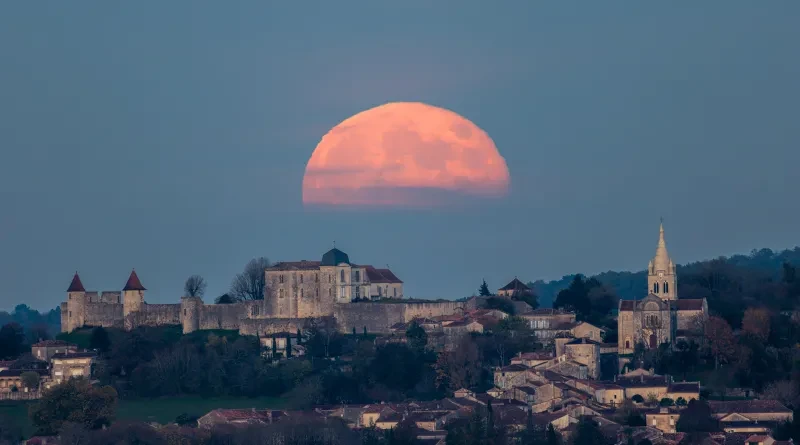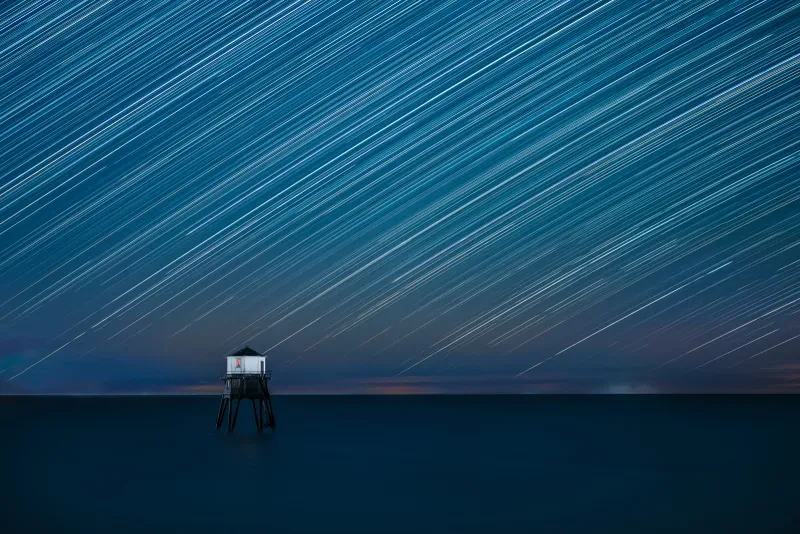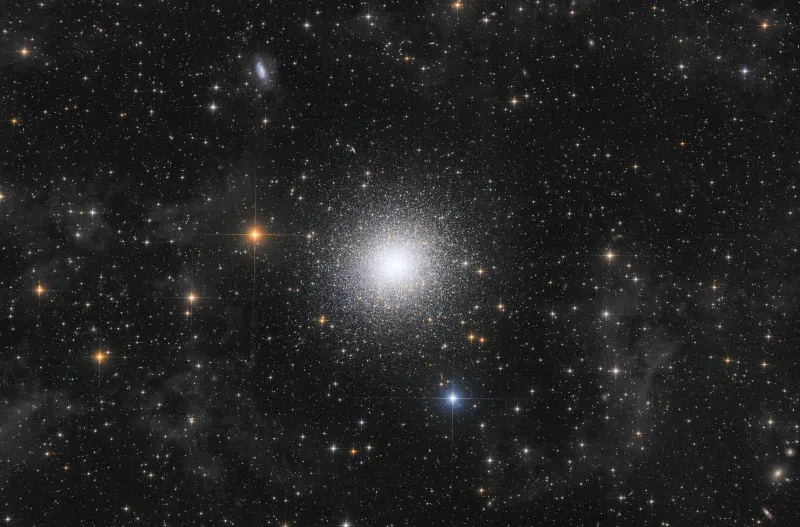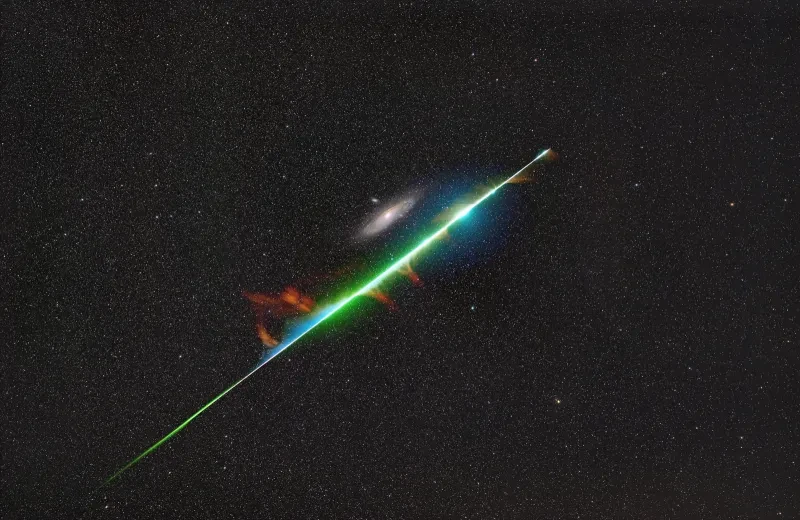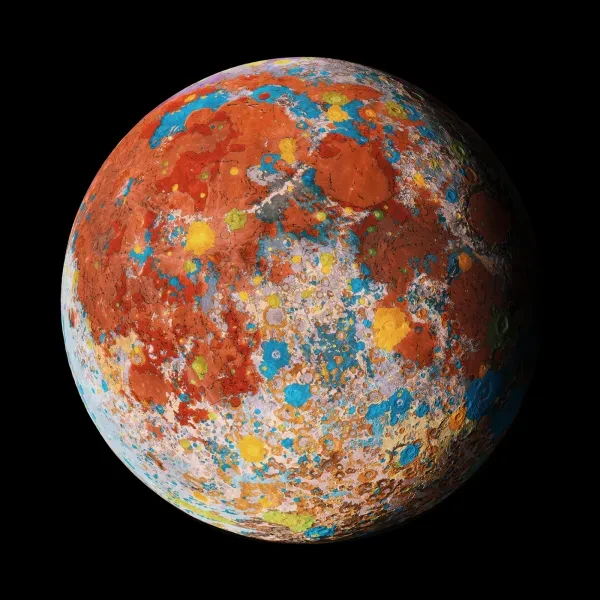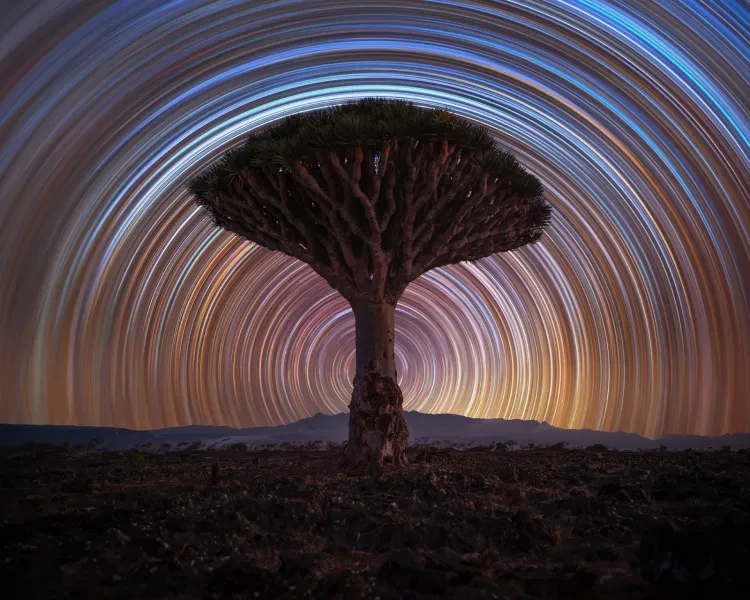
For a handful of nights in 2024, people across the UK were treated to something many thought they’d never see so far south in their lifetime: the aurora borealis or ‘Northern Lights’.
Whilst usually a distant wonder confined to Earth's poles, very strong solar activity made the aurorae accessible to millions of people around the world for a magical few nights. Many in the UK could simply step outside to see the famous light display.
Amateur photographer Darren Flinders from Rotherham in the UK, with the support of his partner Claire, took advantage of this rare opportunity to photograph a Nottinghamshire windmill foregrounded against the vivid greens and pinks of the aurora.
The photo, titled Heart of the Aurora, was shortlisted in ZWO Astronomy Photographer of the Year 2025.
Learn more about Darren and Claire, their nights out under the stars together and the potentially once-in-a-lifetime experience of capturing the image.
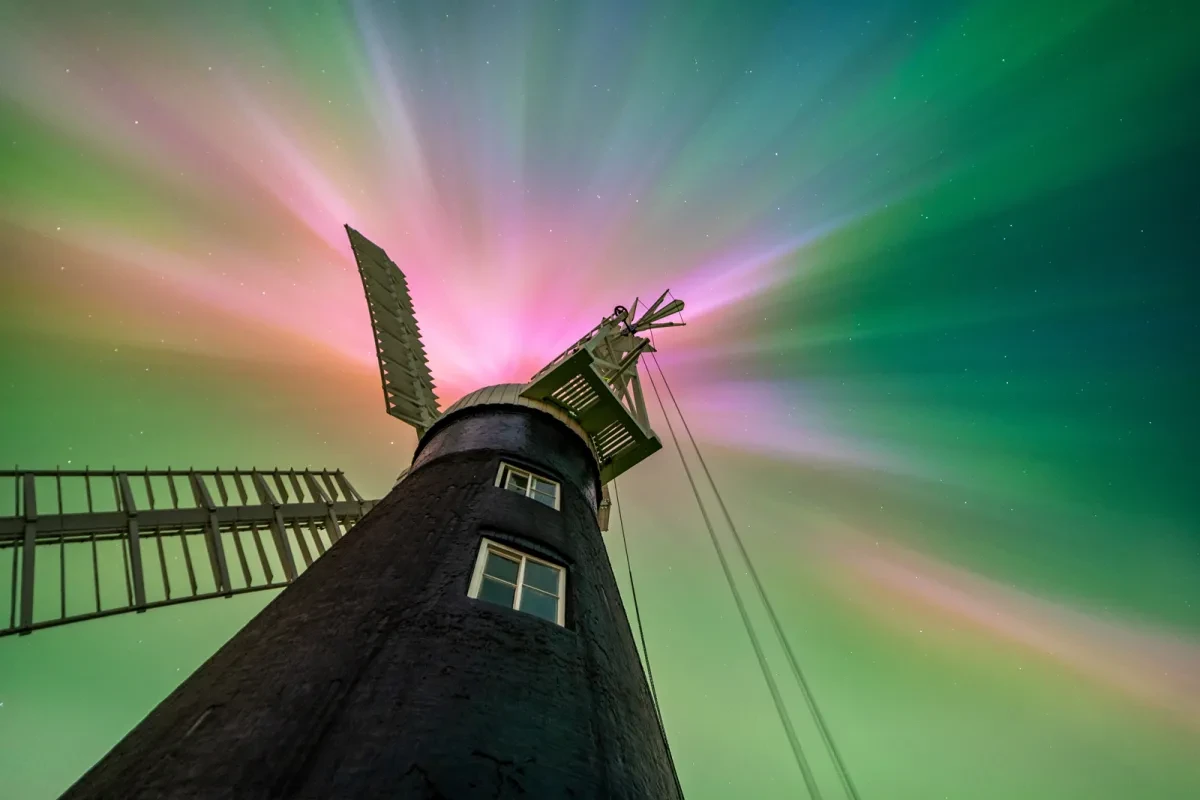
Heart of the Aurora
By Darren Flinders
"This is one of my favourite captures of the Northern Lights, depicting what looks like the heart of the aurora emanating from the top of the windmill. When I shot the image, I thought: ‘I bet people will think this one is photoshopped!’ – I just could not believe how strong the aurora was that night."
Visit ZWO Astronomy Photographer of the Year

History-making aurorae
In late 2024 the Sun entered the peak of its 11-year solar cycle (also known as solar maximum), which usually lasts for one to two years.
Around and during solar maximum there is an increase in the number of eruptions from the Sun, including solar flares and ‘coronal mass ejections’ (CMEs). These send powerful bursts of energy and material into space, which interact with Earth’s magnetic field and cause the aurorae.
May 2024 was a bumper month for solar flares and CMEs. According to NASA, in the first two weeks of May this resulted in “the strongest solar storm to reach Earth in two decades - and possibly one of the strongest displays of auroras on record in the past 500 years.”
Darren took his photo on 10 May 2024, when the strongest aurorae were seen. Five of the 11 images shortlisted in the Aurorae category of Astronomy Photographer of the Year 2025 were taken on this same night – with other images taken from New Zealand, Oregon in the USA, and Wales and Northumberland in the UK.
Many saw the aurora as a faint pink, green or grey haze in the sky with the naked eye, which burst into vivid colours through a smartphone or camera’s lens.
Getting into astrophotography
Darren started out in landscape photography, but his love for astronomy and astronomy photography goes way back to his childhood.
“I've always been amazed by astrophotography, even from being a kid looking through library books,” he says.
“Before I got my original DSLR, I was blown away by pictures I saw online and thought I wanted to do something like that.
“I wasn't overly impressed at first, but with practice and improving with your equipment, you start to get the shots that you want.”
Darren particularly enjoys the experience of seeing through a camera’s lens: “Obviously you get to see what you can't with the naked eye. When you take a shot and it comes out on the camera, you can see thousands of stars in the image. It's like, ‘wow!’. You do connect with your surroundings.”
Nights out under the stars
Darren’s astrophotography journey has an enthusiastic supporter in his partner Claire.
Claire explains: “When we go on adventures, I'm normally the one that's lagging behind carrying the tripod or the bag of food so that we can stop and have a snack while we're taking hundreds of shots.
“Setting up camp at the side of the car, cooking beans on toast and a cup of tea on our little stove... they’re good adventures.”
Claire enjoys sharing in Darren’s excitement, “It's exciting when Darren's taking the shots, 'cause I can see the excitement that he's going through and kind of feel the same thing.”

Taking Heart of the Aurora
On 10 May 2024, one of Darren’s friends contacted him to say that the aurora was forecast to be visible that night in Rotherham.
They decided to go to the North Leverton Windmill, thinking it would provide an interesting focal point for a composition. But when Darren’s friend cancelled, Claire decided to come along instead.
Claire recalls: “So we got to the windmill around quarter to 10 at night and we were looking and couldn't see anything. I was scanning the sky with my phone and I said, ‘is this something here? I can see a bit of a haze.’”
“There must have been four or five other photographers, and they said ‘Oh yeah, yeah! That's it!’ And all of a sudden it just burst and you could just see it everywhere, all around just bright reds and oranges.
“It still blows me away now just thinking about that night, how good it was.”
Darren started snapping away, and despite never having photographed the aurora before, he called on his previous astrophotography practice: "It’s a pretty straightforward shot really - if you've had experience with long exposure or anything like that, then you'd be all right.”
Claire explains: "The name of the photo, Heart of the Aurora, came about because it was kind of fate that Darren's friend didn't come to the windmill, and we went together. It was a moment that we shared together.”
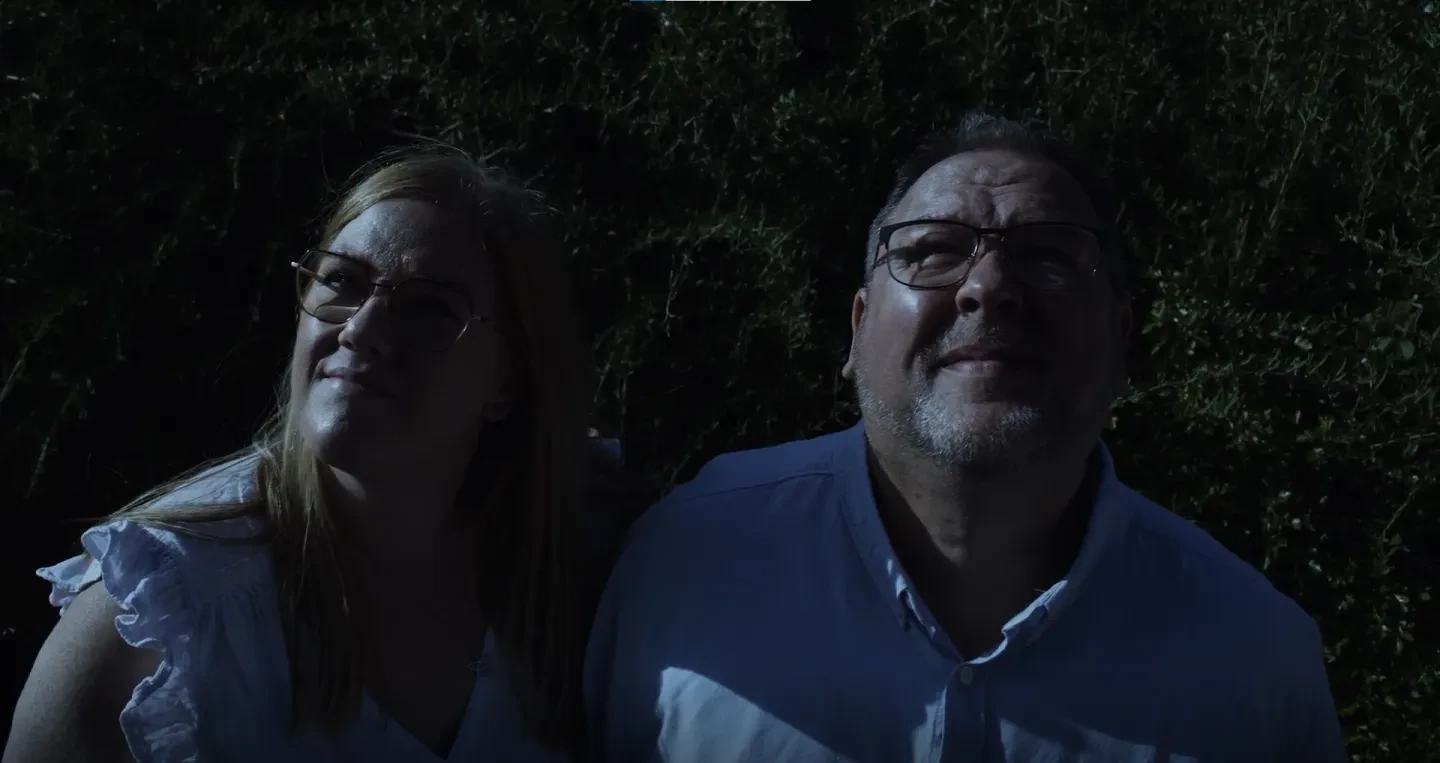
“It still blows me away now just thinking about that night, how good it was.”
Processing the image
Claire says: “After Darren takes a shot, when we get home he disappears for hours on end on his computer editing it.
"When Darren finally finished the editing on this photo, I got this almighty cry: ‘Claire, Claire, Claire! You're gonna have to come and look at this!’ So I ran upstairs and I was like, wow, that is absolutely amazing. The colours are just out of this world.
“I just couldn't believe that we were actually there experiencing that in real time, it was fantastic.”
Darren entered the Astronomy Photographer of the Year competition without expecting much. He explains, "I just loved that image, so I didn't even think I'd get anywhere with it, but I thought I'd just enter the shot anyway.”
Astrophotography advice
Darren has the following tips for anyone interested in getting into astrophotography: “You just need to pick up a camera and try it. By just persevering and practising you'll get the results that you want, even if you've never done it before.”
“With the shots that I did that night, that was the first time that I'd ever photographed the aurora, so I’m pretty happy how the photos turned out.”
He continues, “There is a misconception that you need the most expensive equipment to do astrophotography, but a lot of the time it's learning to use the equipment that you've got.
“Once you've done that then you may outgrow it. You may need to buy a new lens, but you don't need the most expensive things to get the shot that you want.”
As for photographing the aurora from the UK, who knows if, or when, they’ll appear so far south again.
Darren says, “I don't think it'll ever happen like that again, not at least in my lifetime. But I may be wrong. If it does, I'll be out with the camera!”
You can follow Darren on Instagram @darren_flinders_astro.
Find more stories from Astronomy Photographer of the Year
Explore the winning and shortlisted images
From ZWO Astronomy Photographer of the Year 2025.
